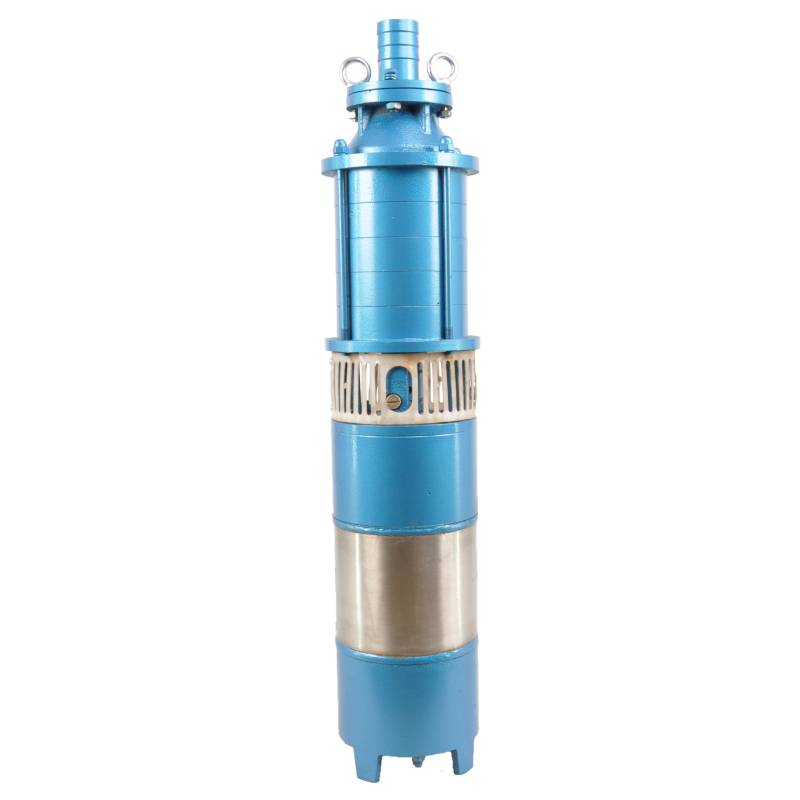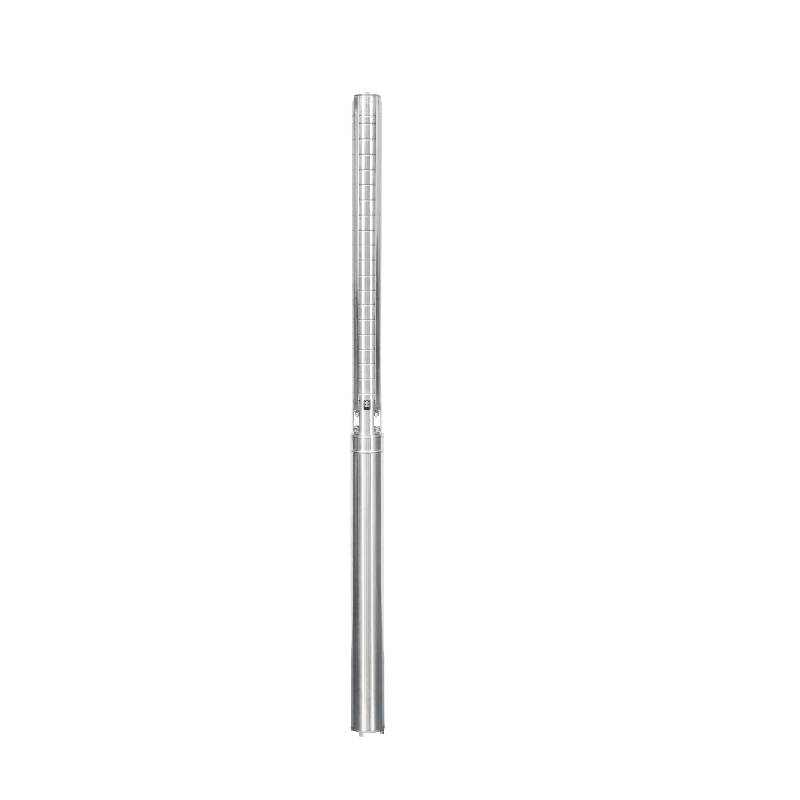Sep . 30, 2024 20:46 Back to list
Efficient Submersible Pumps for Water Wells and Their Applications in Agriculture and Industry
Understanding Submersible Water Well Pumps
Water is an essential resource for both residential and agricultural purposes, and extracting it efficiently from deep wells has become increasingly important. One of the most effective tools for this job is the submersible water well pump. This article delves into the working principles, benefits, types, and maintenance of submersible water well pumps, providing a comprehensive overview for anyone considering their use.
What is a Submersible Water Well Pump?
A submersible water well pump is a type of pump specifically designed to be submerged underwater. Unlike traditional pumps that sit on the surface and rely on suction to draw water to the surface, submersible pumps push water up to the surface from within the well. This is achieved through a motor that is sealed in a waterproof casing, making the system efficient and capable of operating at great depths.
Working Principles
The operation of a submersible water well pump is relatively straightforward. When activated, the pump's motor turns an impeller, which is a rotating component that creates a centrifugal force. This force moves water up through the piping attached to the pump. The design usually features multiple impellers stacked vertically, allowing for the efficient lifting of water from depths that could exceed hundreds of feet.
The submersible pump is typically installed deep within the well, usually below the water level. This not only allows for continuous operation but also reduces the risk of overheating, as the water helps to cool the motor. The pump is connected to a power supply that can be either electric or solar-powered, making it versatile for various applications.
Benefits of Submersible Water Well Pumps
One of the primary advantages of submersible water well pumps is their efficiency. Since these pumps operate underwater, they do not have to work against atmospheric pressure, which can lead to lower energy consumption. They are designed to handle high volumes of water and can lift water from significant depths, making them ideal for both residential and agricultural use.
Moreover, submersible pumps are incredibly durable. They are built to resist corrosion from water and minerals, ensuring a longer operational life with minimal maintenance. The enclosed design also minimizes the risk of flooding and keeps debris out of the motor, reducing the likelihood of mechanical failure.
water well submersible pump

Submersible pumps are also quiet in operation, which is necessary for residential areas where noise can be a concern. Additionally, many modern submersible pumps come with advanced features such as built-in control systems, which allow for automatic operation based on water levels, further enhancing efficiency and ease of use.
Types of Submersible Water Well Pumps
There are several types of submersible pumps available, categorized based on their design and application. The most common types include
1. Single Stage Pumps These pumps have a single impeller and are suitable for shallow wells, lifting water from depths of up to 25 feet.
2. Multistage Pumps These are more common for deep wells and consist of several impellers. They are capable of lifting water from considerable depths, making them ideal for agricultural irrigation and municipal water supply.
3. Solar Submersible Pumps These pumps operate on solar energy, making them an environmentally friendly option for remote areas without access to electricity.
4. Vertical Turbine Pumps Often used in industrial applications, these pumps can move water from significant depths and are effective in high-capacity situations.
Maintenance
Maintaining a submersible water well pump is crucial for ensuring its longevity and efficient operation. Regular inspections should be conducted to check for mechanical issues, wear and tear, or signs of corrosion. It’s also vital to keep the electrical connections secure and ensure that the pump is not subjected to extreme conditions without proper safeguards.
In conclusion, submersible water well pumps are invaluable tools for efficiently extracting water from deep underground sources. With their advanced design, durability, and various applications, these pumps play a critical role in meeting both residential and agricultural water needs. Proper understanding and maintenance can lead to a robust and reliable water supply system for years to come.
-
submersible-sump-pump-auto-drainage-for-crawlspaces
NewsAug.22,2025
-
solar-powered-stainless-steel-submersible-well-pump-setup
NewsAug.22,2025
-
stainless-steel-well-pump-flow-rate-optimization
NewsAug.22,2025
-
water-filled-submersible-pump-fish-farm-oxygenation
NewsAug.22,2025
-
submersible-pump-in-aquaculture-and-fish-farming
NewsAug.22,2025
-
deep-well-submersible-pump-for-drought-areas
NewsAug.22,2025
-
 submersible-sump-pump-auto-drainage-for-crawlspacesCrawlspaces, those narrow areas beneath homes, are prone to water accumulation due to leaks, groundwDetail
submersible-sump-pump-auto-drainage-for-crawlspacesCrawlspaces, those narrow areas beneath homes, are prone to water accumulation due to leaks, groundwDetail -
 solar-powered-stainless-steel-submersible-well-pump-setupHarnessing solar energy to power stainless steel submersible well pumps is a sustainable and coDetail
solar-powered-stainless-steel-submersible-well-pump-setupHarnessing solar energy to power stainless steel submersible well pumps is a sustainable and coDetail -
 stainless-steel-well-pump-flow-rate-optimizationIn various applications like agriculture, domestic water supply, and industrial use, the flow rate oDetail
stainless-steel-well-pump-flow-rate-optimizationIn various applications like agriculture, domestic water supply, and industrial use, the flow rate oDetail
